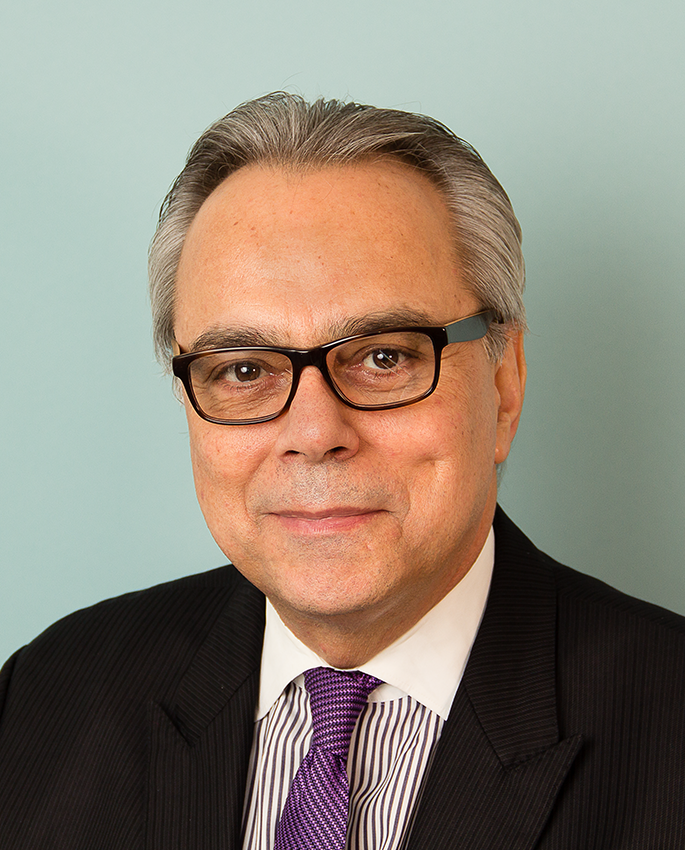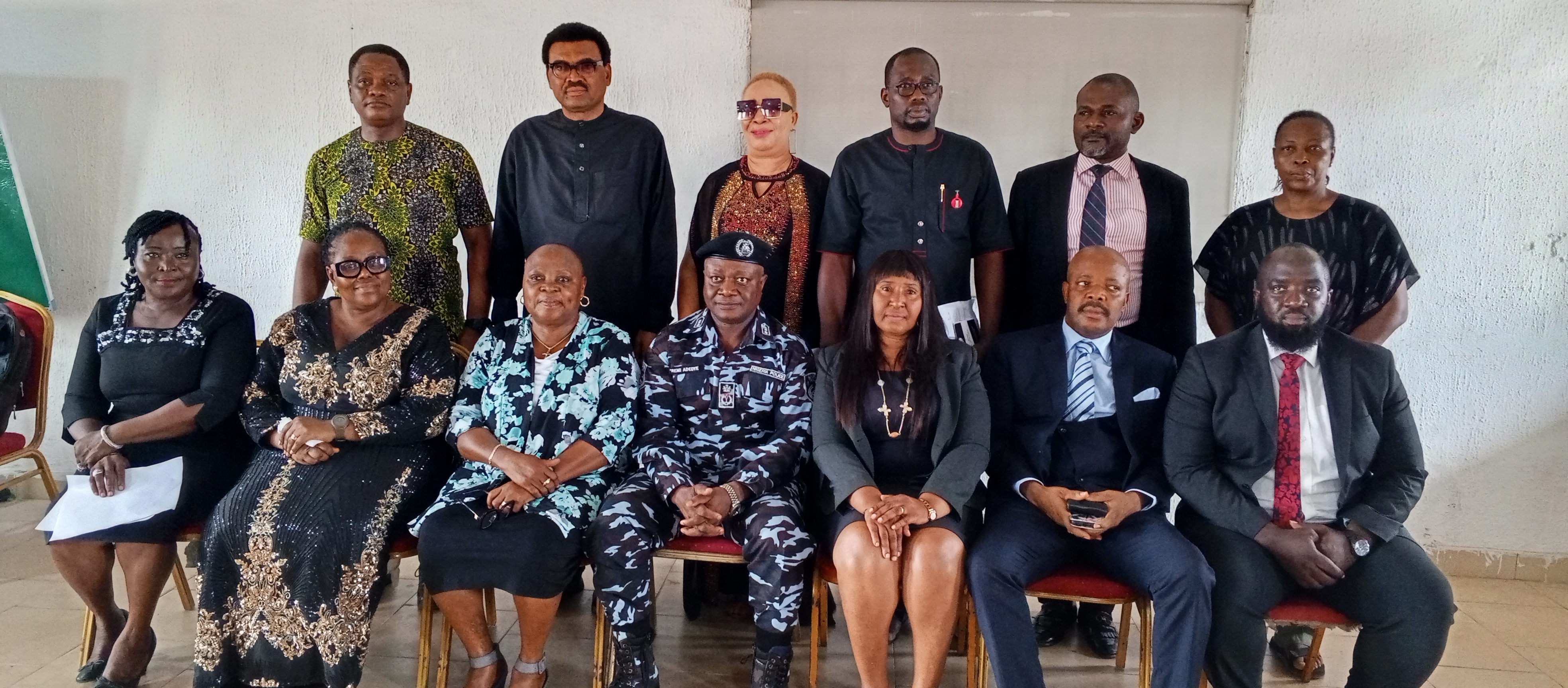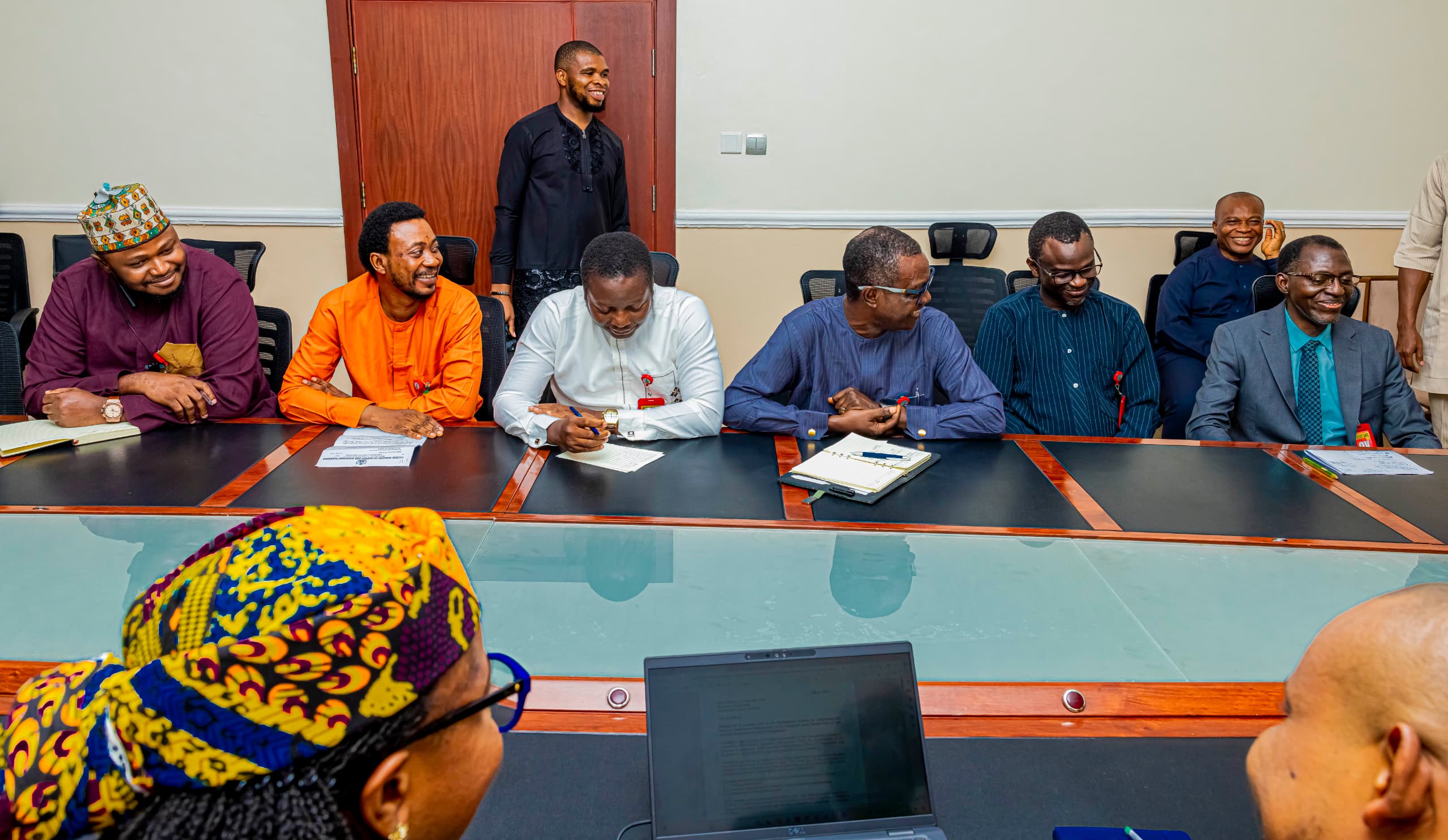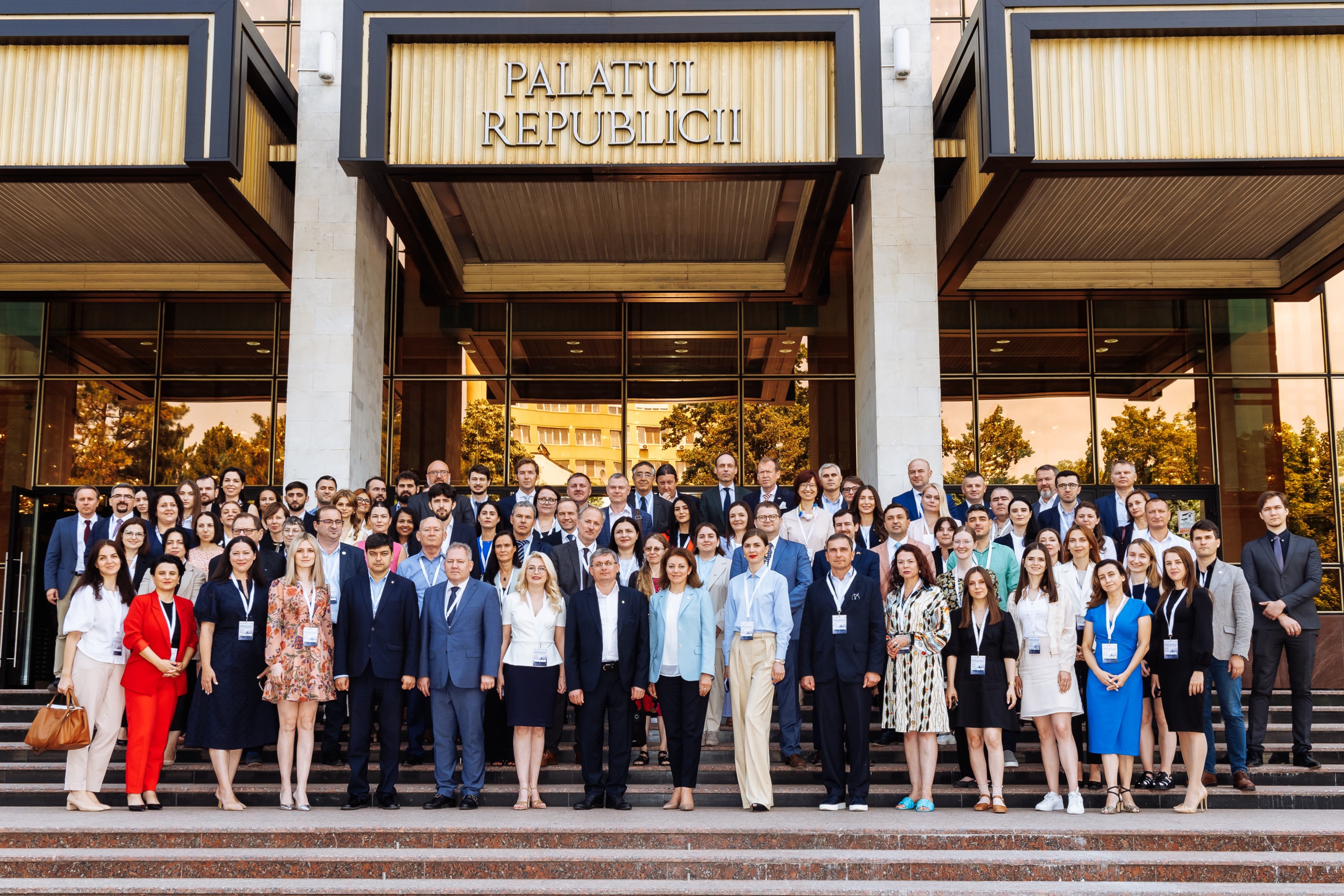October is a key month for the region. The 2014 Latin American electoral rally will end this October, when elections will be held in Brazil (Sunday the 5th), Bolivia (12 October) and Uruguay (26 October), following elections in Costa Rica, El Salvador, Panama and Colombia which were held earlier this year. The results of these seven electoral processes confirm both their inherent importance for national situations and the political tendencies prevailing in the region: change (Costa Rica and Panama), continuity (Colombia, El Salvador and Bolivia) and uncertainty and volatility (Brazil and Uruguay).
Evo’s re-election is assured in Bolivia
In Bolivia the re-election of Evo Morales would guarantee the continuity of current official policies. In the most recent poll (IPSOS) Morales enjoys a great advantage of 46 points over his main rival from the center-right Unidad Democratica, businessman Samuel Medina Doria (59 per cent vs. 13 per cent). The other opposition candidates are Juan del Granado (Movimiento Sin Miedo), former president Jorge "Tuto" Quiroga (Democracia Cristiana) and Fernando Vargas (Partido Verde). If this prediction proves true, Morales will prolong his presidential term until 2019, thirteen continuous years in power. The only thing that remains to be seen is if Morales will receive the two-thirds majority in both Houses of Parliament which would allow him to govern virtually unopposed.
What is the key to his success? There are several factors: (1) the ability to combine a successful political and social leadership with a great symbolic asset (as a historic union leader with indigenous roots); (2) the ability to convert Movimiento al Socialismo, MAS, into the only political force of national significance with a pragmatic posture; (3) a less polarizing and more inclusive rhetoric in addition to successful, orthodox economic management recognized by multilateral financial organizations; and (4) the existence of a weak, fragmented and heterogeneous opposition that does not represent a viable alternative to Morales.
This last point is particularly important. As well expressed by Jorge Lazarte, "the problem of the opposition is not Morales, it’s itself.” He adds, “The problem of the opposition is that it has a leadership that ties itself to the past and has run out of new ideas”.
It is important to point out that the re-election of Morales is made possible because of a forced judicial interpretation of the new constitution and to a very uncompetitive campaign by the opposition due to the strong electoral advantage of the governing party.
Uncertainty and volatility in Brazil and Uruguay
The continued success of the Bolivian left contrasts with the uncertainty and volatility of the Brazilian and Uruguayan political scenarios, following three consecutive periods of government by the Worker’s Party, (PT) in the former and two uninterrupted administrations of the Wide Front (FA) in the latter.
In early 2013 no one would have doubted that Dilma Rousseff had her re-election guaranteed (65 per cent of the population approved of her performance). This situation changed drastically during the protests mid-year, carried out mostly by the middle class. Concerns over the low-quality of public services, insecurity and corruption resulted in an abrupt decline of the support for the president in the polls. The tragic death of Eduardo Campos, presidential candidate of the Brazilian Socialist Party PSB, further altered the electoral scenario: his replacement, Marina Silva, displaced Aécio Neves, the candidate of the PSDB, as runner up and became a serious threat to Rouseff’s re-election project
From this moment on, Silva became the target of multiple accusations, which caused her to stagnate in the polls in mid-September and lose ground in the past week. According to a recent poll by IBOPE, Rouseff has recovered and leads by 14 points in the first round (39 per cent vs. 25 per cent). If a runoff is required (very probable) the current president also enjoys a slight advantage over Silva (42% vs. 38%).
Meanwhile, DATAFOLHA projects a greater margin in favor of Rouseff over Silva (15 points). It also shows a gain of Neves over Silva (20 per cent vs. 25 per cent) and predicts a second round in which Rouseff shows a clear advantage, both over Silva (54 per cent vs. 46 per cent of votes) and over Neves (55 per cent vs. 45 per cent of votes).
In this volatile and unpredictable scenario (a true rollercoaster) in which the new middle class (Class C) is the decisive arbiter, anything can happen during this last week – from a Rouseff victory in the first round thanks to her last minute recovery (something hard to predict last month) to Neves rather than Silva being the one accompanying Rouseff in a hypothetical second round. The three candidates are concentrating their campaigns in the state of São Paulo (the largest electoral college in the country) where the still undecided segment is higher than the national average and there is more volatility in preferences. We are therefore facing a historic election, one in which there is a strong desire for change yet, there is a strong fear of losing the social advances obtained under the Worker’s Party.
In the case of Uruguay, the alternate re-election of Tabaré Vázquez (president from 2005 to 2010), the candidate of the leftist government party (FA) is at risk. It has been losing support in the polls, from 45 percent in early 2014 to some 42-43 per cent. The government that aspires to rule for the third consecutive time (after Vázquez’s own presidency was succeeded in 2010 by José Mujica), is concerned about the increasing support (32-33 per cent) for the platform of Luis La Calle Pou, of the opposing National Party, PN. According to the last CIFRA poll from 24 September, Vázquez has 43 per cent of the vote, La Calle Pou 33 per cent and Bordaberry (Partido Colorado) 15 per cent. The polls also reflect the increasing difficulty of the government party (FA) to obtain a majority in both chambers of Congress.
According to CIFRA these recent results show a recovery of support for FA (which reverses the decline suffered during the last two months) and the consolidation of the white party, Luis La Calle Pou, as the main challenger. A second round slated for 30 November will be required and its results, according to CIFRA’s director, are “unpredictable.”
My opinion: the continued predominance of three leftist political projects will be tested in October’s presidential elections. In contrast with the Bolivian elections, the Brazilian and Uruguayan events will be highly competitive. In periods of regional economic slowdown and growing social demands, the hegemony of incumbent presidents (Rousseff) and of parties long in power (as is the case of PT, in Brazil and FA, in Uruguay) is more difficult to maintain. This explains why first round wins (such as Morales’) are becoming exceptional.
If the opposition were to win in Brazil and Uruguay, we would witness a moderate change in both countries, since the strategic electors for a win are from the middle class (class C), with a centrist profile, a fact that has forced both Silva (Brazil) and La Calle (Uruguay) to integrate more moderate and pragmatic proposals into their platforms.
In an article titled “Mérito o Suerte” (Merit or Luck), Capello and Zucco identified the determinant factors of the vote in Latin America and concluded that the terms of trade and international interest rates are the two main factors that determine not only the wealth of countries but also the political futures of presidents (Andres Malamud). If this thesis is correct the new economic and social stage prevailing in Latin America will have direct consequences both in electoral results and in governability for the countries of the region. One of the main consequences will be that the victories of incumbent governments, especially in the context of consecutive re-elections, will no longer be as easy and infallible as in the recent past, even if they maintain their predominance. This is the reason why a second round, and even the risk of losing have become more frequent, as was the case with the re-election of Santos in Colombia, and in the slim victory of government candidate Sánchez Cerén in El Salvador.
In summary: the big question is if the new Latin American economic context will also be accompanied by changes in the political landscape. The increasing difficulties facing Rousseff for re-election and Vázquez’s return to power seems to suggest that the winds of change have begun to blow in the region. However, the recovery of both candidates in the most recent polls shows it is not easy to beat the official side. We will soon know how strong these winds of change are blowing.




